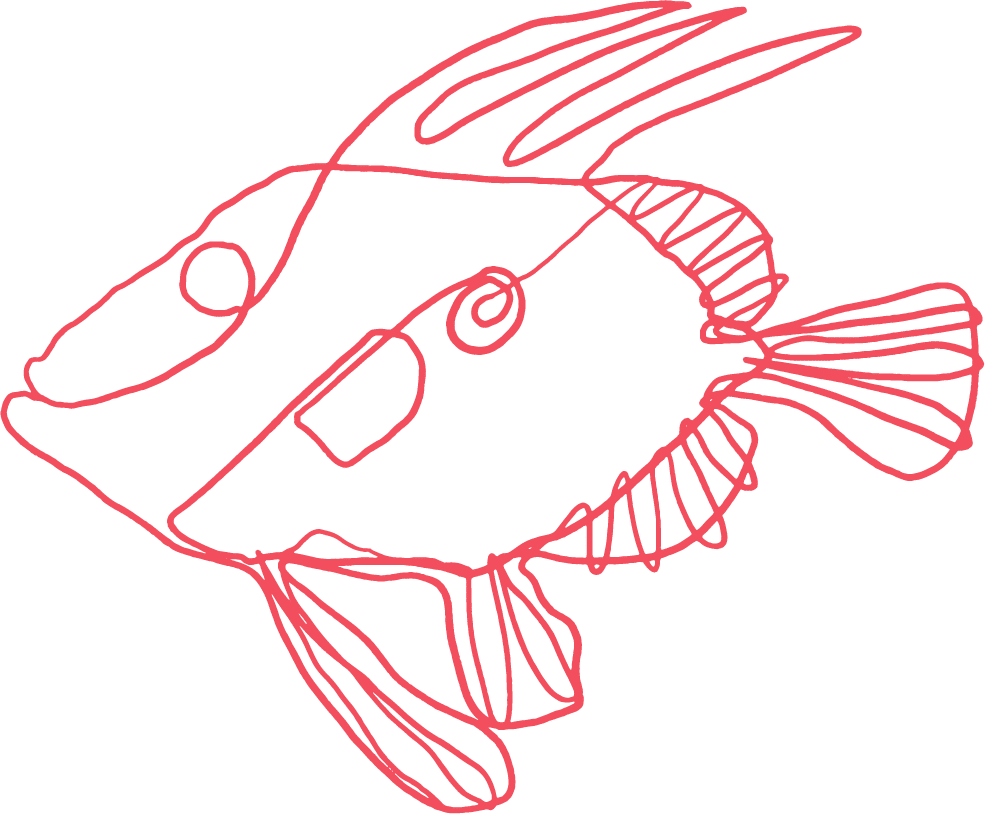![]()

Atlantic Cod
Cod are large, robust fish with a light brown to greenish back, pale flanks, and a distinctive white lateral line running along each side. They feature a prominent barbel (whisker-like organ) on the chin, used to detect prey on the seabed. Their body is streamlined, with three dorsal fins and two anal fins, and they can grow up to 2 metres in length, though most commonly around 1 metre.
Cod are demersal fish, inhabiting the northeast Atlantic Ocean, including the North Sea, Irish Sea, and waters around the UK. They prefer cool, temperate waters and are typically found at depths of 150 to 200 metres, though they can range from the shoreline down to 600 metres. Cod are most abundant in areas with sandy or gravelly seabeds, where they hunt for food.
Sustainability Rating

Status: Cod stocks in UK waters have experienced significant declines due to overfishing and climate change, leading to warmer sea temperatures that affect their distribution and reproduction.

Best Choice: Cod sourced from well-managed fisheries in regions like the Northeast Arctic and Iceland, where stocks are healthier and fishing practices are more sustainable.

Avoid: Cod from the western English Channel and southern Celtic Seas, where stocks are critically low.
Culinary Uses

Cod has a mild flavour and flaky white flesh, making it a versatile choice in the kitchen.

It’s a staple in fish and chips, but also excellent when baked, grilled, or poached.

Pairs well with a variety of flavours, including lemon, herbs, and butter-based sauces.

Due to sustainability concerns, consider alternatives such as haddock, pollack, or hake when cod is not responsibly sourced.
Best Fishing Practices

Line-caught or demersal trawl methods in well-regulated fisheries help reduce bycatch and environmental impact.

Seasonal closures and catch limits are essential to allow cod populations to recover.

Consumers should look for certifications such as the Marine Stewardship Council (MSC) label to ensure sustainable sourcing.
Seasonality

Cod is available year-round, but peak quality is typically from January to April, aligning with their spawning season.

During spawning, cod migrate to shallower waters, making them more accessible to fisheries.
Supporting Cod Conservation
Cod has long been a favourite in British cuisine, but overfishing and environmental changes have put pressure on local stocks. By choosing sustainably sourced cod or alternative species, consumers can help support the recovery of cod populations and promote healthier marine ecosystems.
On our menu: Yes ✓
![]()
Book now
Join us at Faber Restaurant to explore our menu. Book a table today using the form below or call us on 0208 161 9800 if you have any special requirements.